No products in the cart.
- Rabat
is the capital city of Morocco and the country’s seventh largest city, Rabat is located on the Atlantic Ocean at the mouth of the river Bou Regreg, opposite Salé, the city’s main commuter town. Rabat and neighboring Salé united to form the Republic of Bou Regreg in 1627.The republic was run by Barbary pirates who used the two cities as base ports for launching attacks on shipping.
The heart of the city consists of three parts: the Medina (old town); the Oudayas and Hassan both located to meet the Bou Regreg; and the Atlantic Ocean.
To the west, and along the waterfront, there is a succession of neighbourhoods.
The city has the Rabat Archaeological Museum and the Musée Mohamed VI d’Art Moderne et Contemporain.
Mawazine is a music festival in Rabat , was host to more than 2,500,000 in 2013. Workshops are available for teaching dances and other arts. The festival is free. Howeverr, while most areas are free.
- Meknes
the sixth largest city by population in the kingdom. Founded in the 11th century by the Almoravids as a military settlement, Meknes became the capital of Morocco under the reign of Sultan Moulay Ismaïl .
Moulay Ismaïl created a massive imperial palace complex and endowed the city with extensive fortifications and monumental gates.
Places to visit :
-Place el-Hedim : Often compared to the Jemaa el-Fnaa square in Marrakesh, el-Hedim Square (Place el-Hedim) is a vast plaza at the southern end of the old city, before the main gates of Moulay Isma’il’s former royal palace complex
-Mosques and madrasas :
-grand mosque de meknes : The old city’s most important mosque and one of its oldest, covering about 3,500 square meters and was founded in the 12th century
-Madrasa Bou Inania: The city’s most famous madrasa (school for higher learning in Islamic sciences) was established by the Marinid sultan Abu al-Hasan in 1335-36
– Fortifications and city gates :
– Bab Mansur al-‘Alj: The most famous gateway of the city (also known as Bab Mansour or Bab el-Mansur), this gate overlooks the southern end of Place el-Hedim and acted as the ceremonial grand entrance to the Kasbah of Moulay Isma’il.
– Bab el-Khemis: A monumental western gate of the city, near the former Mellah, built by Moulay Isma’il in the early 18th century and richly decorated with motifs and zellij similar to Bab al-Mansur.
– Place Lalla Aouda: A vast open square which stands behind (southeast of) Bab al-Mansur, which served as the former mechouar of the palace. It precedes the former Dar al-Kebira palace and gives access to the Lalla Aouda Mosque
– Qubbat al-Khayyatin and the Qara Prison: The Qubbat al-Khayyatin is a standalone audience chamber or throne room where Moulay Isma’il once received foreign ambassadors. Underground, right next to it, is a large subterranean vaulted space known as the Qara Prison or Habs Qara. Although frequently described as a prison for Christian slaves, scholars agree that it was in fact a storage area and granary, one of many such structures throughout the royal city.
– Dar Jamaï Museum: The best-known museum in Meknes, housing a number of artifacts and art objects from the city and other regions in Morocco
– Imperial Palaces of Moulay Isma’il, The palace complex or « imperial city » of Sultan Moulay Isma’il was constructed over his entire 55-year reign from 1672 to 1727, The complex was also notable for its impressive infrastructure, which included a water supply system with a hydraulic system of wells.
-Volubilis
Volubilis, a major Roman-era settlement in Morocco and one of its early urban centres, is located near the site of the current city of Meknes.
The ruins of the Roman town of Volubilis (Oualili), another UNESCO World Heritage Site, are about half an hour to the north, as is the village and important pilgrimage site of Moulay Idriss Zerhoun.
- Fes
It is the second largest city in Morocco after Casablanca, Fez was founded under Idrisid rule during the 8th-9th centuries CE. It initially consisted of two autonomous and competing settlements. Successive waves of mainly Arab immigrants from Tunisia , egypt and al-Andalus (Spain/Portugal) in the early 9th century gave the nascent city its Arab character. other empires came and went, 11th century when the Almoravid Sultan Yusuf ibn Tashfin united the two settlements into what is today’s Fes el-Bali quarter, the Marinid era (13th-15th centuries), regaining its status as political capital. Numerous new madrasas and mosques were constructed, In 1276 the Marinid sultan Abu Yusuf Yaqub also founded the royal administrative district of Fes el-Jdid, where the royal palace is still located today, to which extensive gardens were later added. During this period the Jewish population of the city grew and the Mellah (Jewish quarter) was formed on the south side of this new district,
-Madrasas :
The city has traditionally retained the influential position as a religious capital in the region, exemplified by the Madrasa (or University) :
–Qarawiyyin which was established in 859 by Fatima al-Fihri originally as a mosque
— the Saffarin Madrasa in Fes el Bali by Sultan Abu Yusuf in 1271. Sultan Abu al-Hassan was the most prolific patron of madrasa construction.
— Cherratine Madrasa commissioned by the Alaouite sultan Al-Rashid in 1670, which is the only major non-Marinid foundation besides the Madrasa of al-Qarawiyyin.
-City walls and gates :
The entire medina of Fez was heavily fortified with crenelated walls with w atchtowers and gates ,The gates of Fez, scattered along the circuit of walls, were guarded by the military detachments and shut at night. Some of the main gates have existed, in different forms, since the earliest years of the city. The oldest gates today, and historically the most important ones of the city, are Bab Mahrouk (in the west), Bab Guissa (in the northeast), and Bab Ftouh (in the southeast).
– Forts and kasbahs
– Along with the city walls and gates, several forts were constructed along the defensive perimeters of the medina during the different time periods. The military watchtowers built in its early days during the Idrisid era were relatively small. 13 kasbahs were constructed surrounding the old city. Among the most prominent among them is the Kasbah An-Nouar, located at the western or north-western tip of Fes el-Bali, and the Kasbah Cherarda, built by the Alaouite sultan Moulay al-Rashid just north of Fes Jdid, Other kasbahs include the Kasbah Tamdert, built by the Saadis near Bab Ftouh,
– Tanneries :
– Since the inception of the city, tanning industry has been continually operating in the same fashion as it did in the early centuries. Today, the tanning industry in the city is considered one of the main tourist attractions.
– Gardens :
The Jnane Sbile Garden was created as a royal park and garden in the 19th century by Sultan Moulay Hassan between Fes el-Jdid and Fes el-Bali.
Other gardens also exist within the grounds of the historic royal palaces of the city, such as the Agdal and Lalla Mina Gardens in the Dar al-Makhzen or the gardens of the Dar al-Beida (originally attached to Dar Batha)
– Funduqs/foundouks :
The old city of Fez includes more than a hundred funduqs or foundouks (traditional inns, or urban caravanserais)
–the Funduq al-Najjariyyin, which was built in the 18th century by Amin Adiyil to provide accommodation and storage for merchants and which now houses the Nejjarine Museum of Wooden Arts & Crafts.
— the Funduq Shamma’in (also spelled Foundouk Chemmaïne) and the Funduq Staouniyyin (or Funduq of the Tetouanis), both dating from the Marinid era or earlier, and the Funduq Sagha which is contemporary with the Funduq al-Najjariyyin.
– Historic palaces and residences
Many old private residences have also survived to this day, in various states of conservation. private houses include the Dar al-Alami, Dar Saada (now a restaurant), Dar ‘Adiyil, Dar Belghazi, Dar Batha is a former palace completed by the Alaouite Sultan Moulay Abdelaziz (ruled 1894-1908) and turned into a museum in 1915.
- Marrakech
Almoravid Empire. The Marrakesh was founded in 1070 by Emir Abu Bakr ibn Umar as the imperial capital of the city was one of Morocco’s four imperial cities. In the 12th century, The red walls of the city, built by Ali ibn Yusuf in 1122–1123, and various buildings constructed in red sandstone during this period, have given the city the nickname of the « Red City » or « Ochre City ».
Marrakesh grew rapidly and established itself as a cultural, religious, and trading center for the Maghreb and sub-Saharan Africa. Jemaa el-Fnaa is the busiest square in Africa.
Marrakesh comprises an old fortified city packed with vendors and their stalls. This medina quarter is a UNESCO World Heritage Site. Today it is one of the
busiest cities in Africa and serves as a major economic center and tourist destination.
Saadian sultans Abu Abdallah al-Qaim and Ahmad al-Mansur, embellish the city with sumptuous palaces such as the El Badi Palace (1578) and restored many ruined monuments. Beginning in the 17th century, the city became popular among Sufi pilgrims for its seven patron saints who are entombed here.
Places to visit :
1-Jemaa el fnaa
-The Jemaa el-Fnaa is one of the best-known squares in Africa and is the centre of city activity and trade. It has been described as a « world-famous square », « a metaphorical urban icon, a bridge between the past and the present
2-Souks
-Marrakesh has the largest traditional market in Morocco and the image of the city is closely associated with its souks principal shopping attraction, historically the souks of Marrakesh were divided into retail areas for particular goods such as leather, carpets, metalwork and pottery.
3- City gates and walls
-The ramparts of Marrakesh, which stretch for some 19 kilometres
-around the medina of the city, were built by the Almoravids in the 12th century as protective fortifications. The walls are made of a distinct red (ochre) , giving the city its nickname as the « red city »; they stand up to (5.8 m) high and have 20 gates and 200 towers along them.
-Gates : Bab Agnaou , Bab doukala,Bab lkhmis,Bab e-rob, Bab adbagh.
4- Gardens
– The Menara gardens are the botanical gardens to the west of
Marrakesh
– The Majorelle Garden, on Avenue Yacoub el Mansour, was at one time the home of the landscape painter Jacques Majorelle
– The Agdal Gardens, south of the medina and also built in the 12th century, are royal orchards surrounded by pise walls
– The Koutoubia Gardens are behind the Koutoubia Mosque. They feature orange and palm trees
5-Palaces
-The El Badi Palace flanks the eastern side of the Kasbah. It was built by Saadian sultan Ahmad al-Mansur-The Royal Palace, also known as Dar el-Makhzen, is next to the Badi Palace.-The Bahia Palace, set in extensive gardens, was built in the late 19th century by the Grand Vizier of Marrakesh, Si Ahmed ben Musa
–
6 – Tombs
– The Saadian Tombs were built in the 16th century as a royal necropolis for the Saadian sultans and their family members. It is next to the south wall of the Kasbah Mosque
– The medina holds the tombs of the seven patron saints of the city, which are visited every year by pilgrims
7 – Mellah
– The Mellah of Marrakesh is the old Jewish Quarter (Mellah) of the city, located is in the kasbah area of the city’s medina, east of Place des Ferblantiers. It was created in 1558
Be the first to review “Imperial Cities” Annuler la réponse
Related products
Marrakech Tours Departures
Marrakech Tours Departures
€499.00
Marrakech Tours Departures
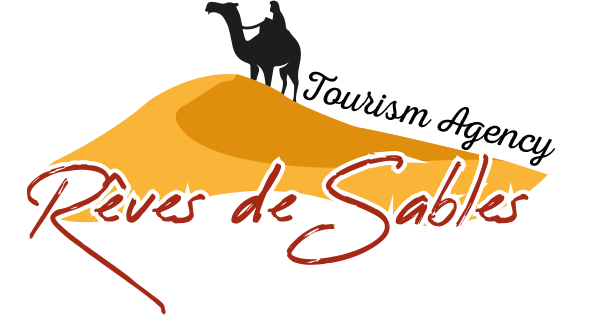
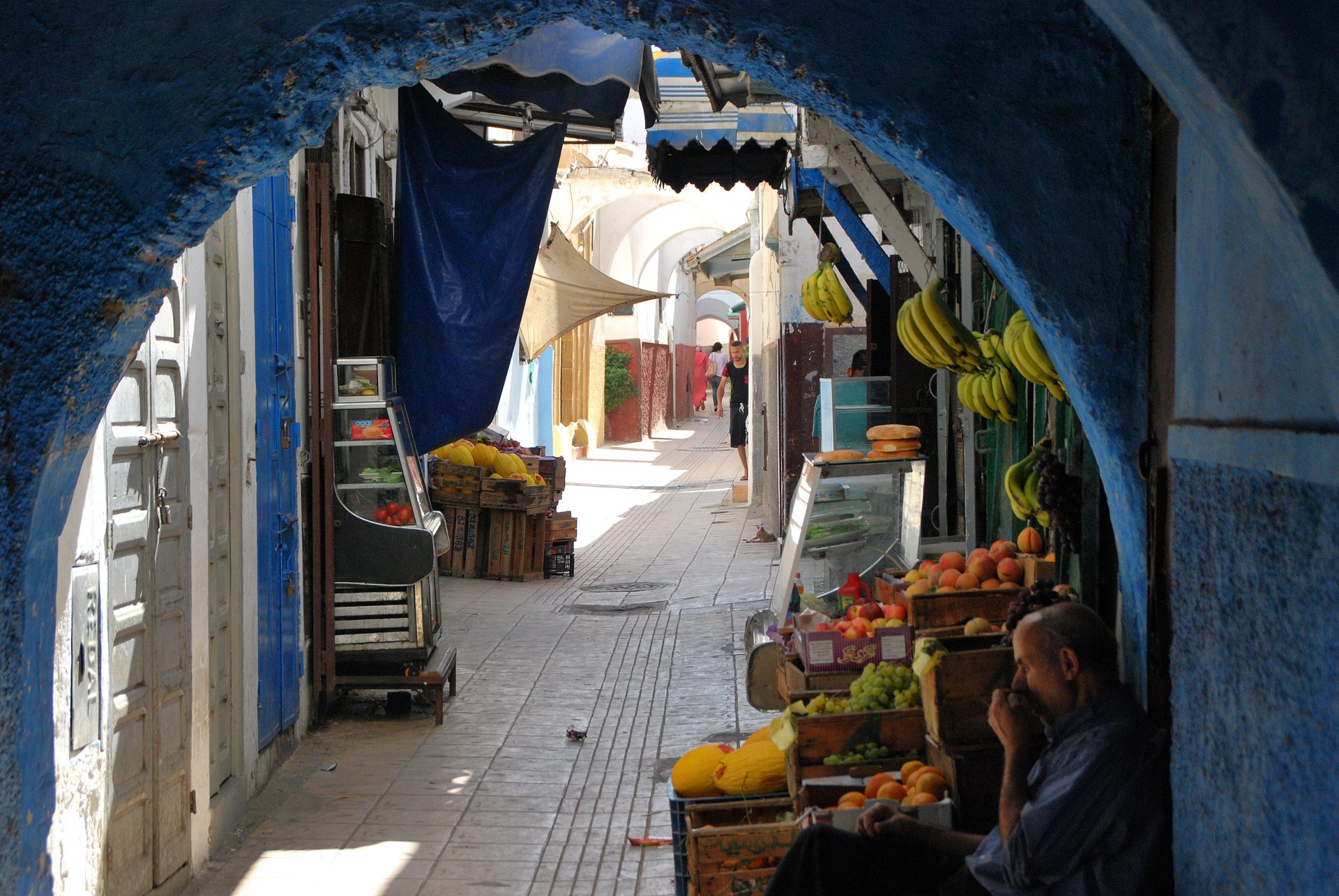
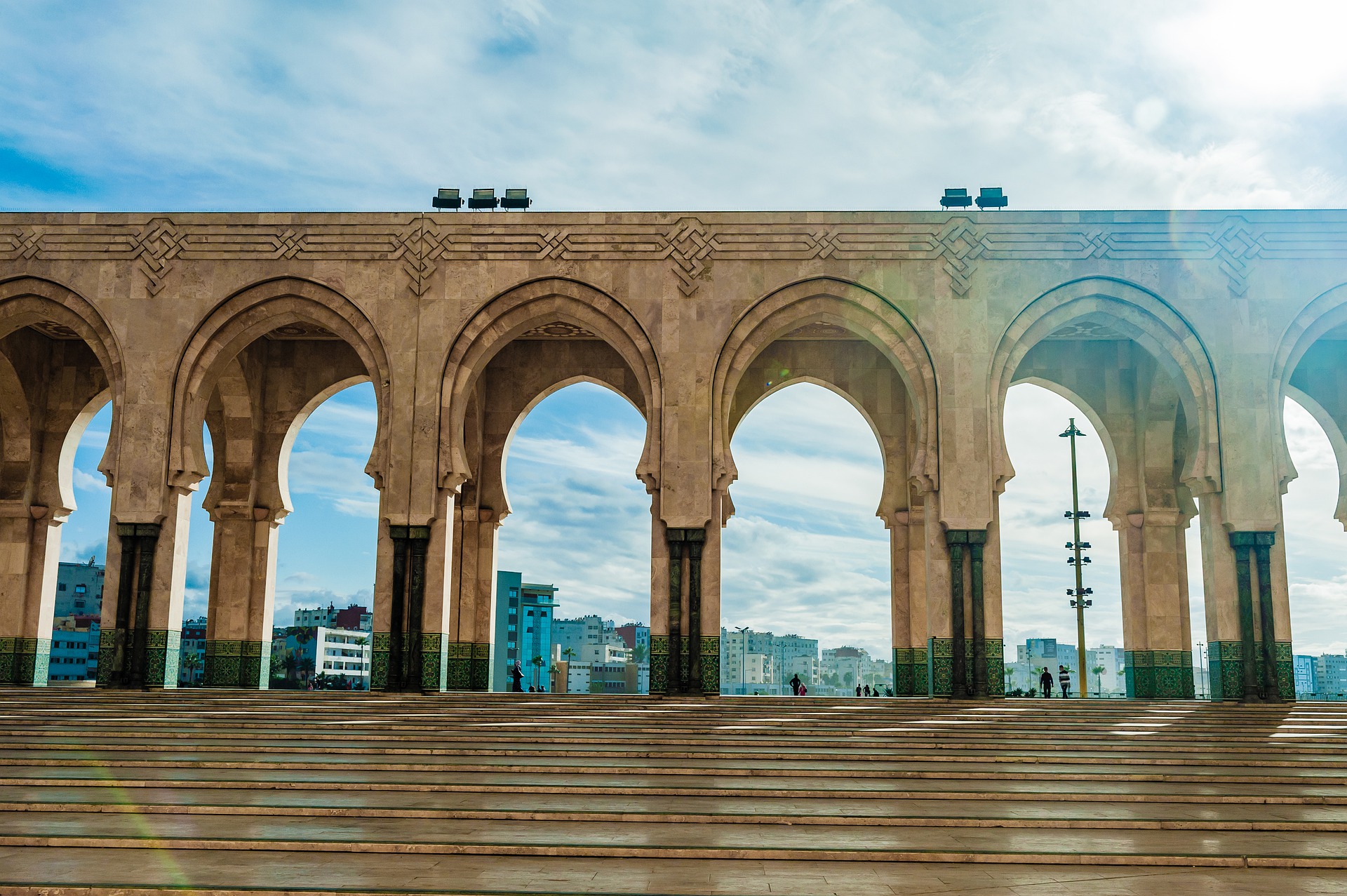
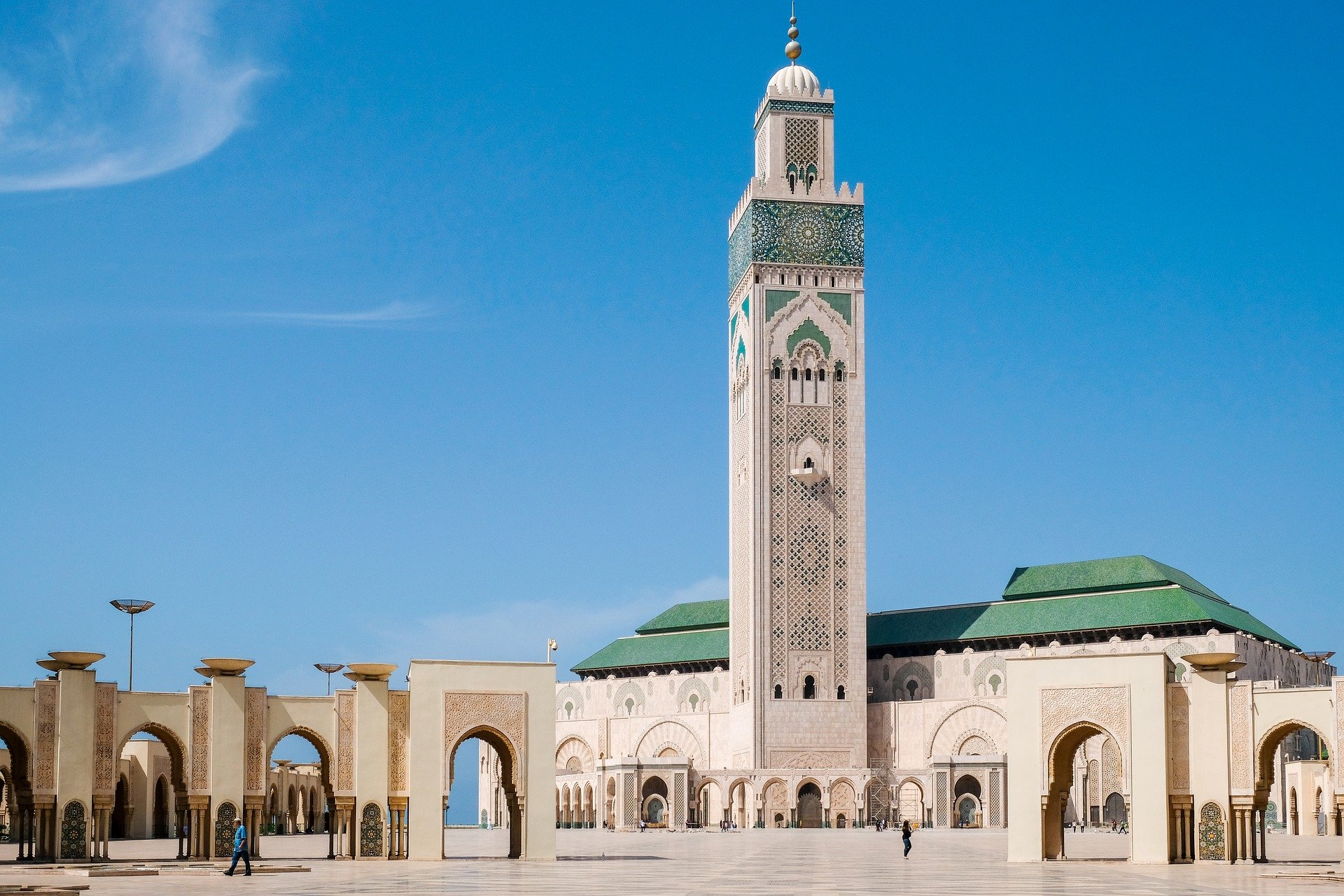
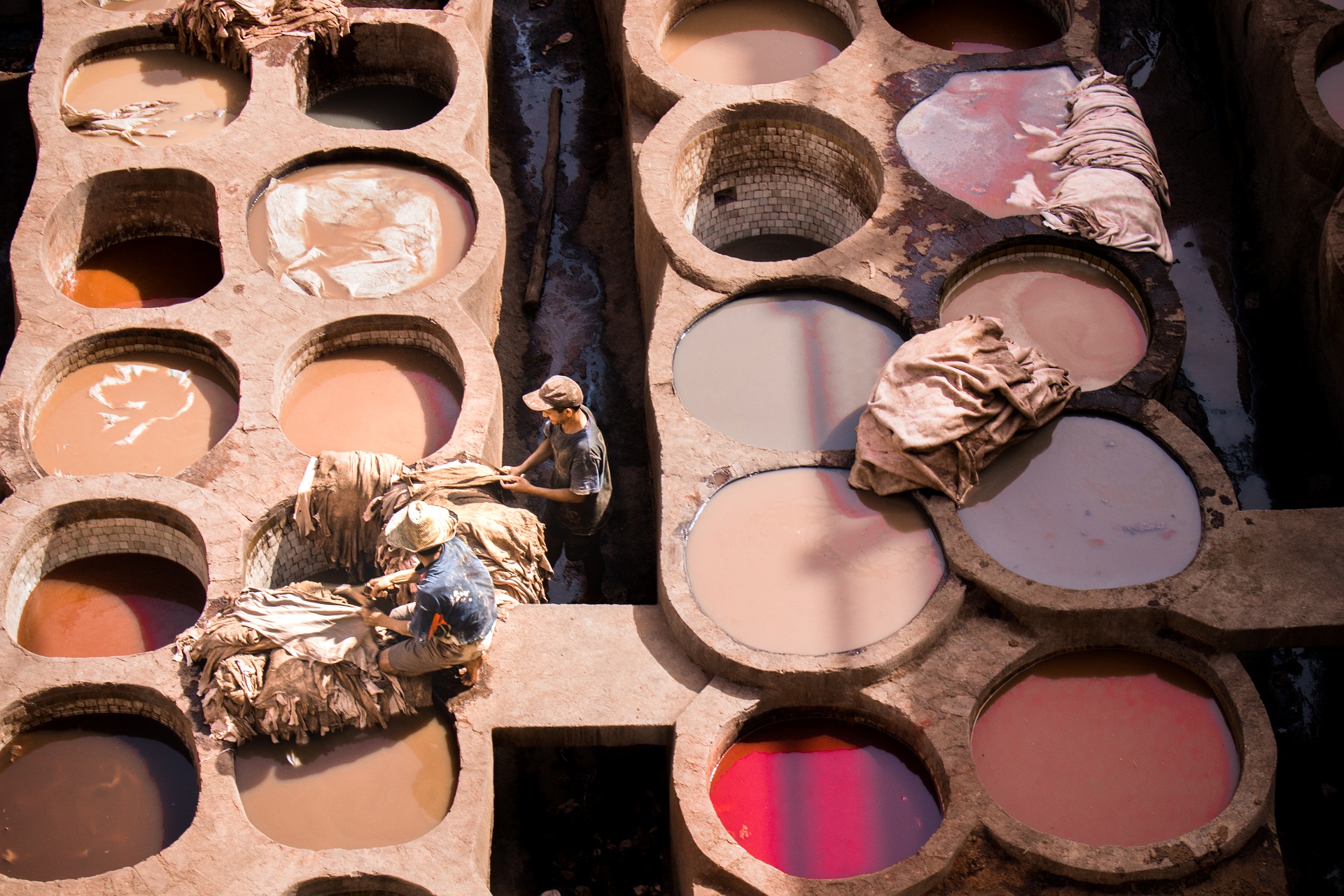
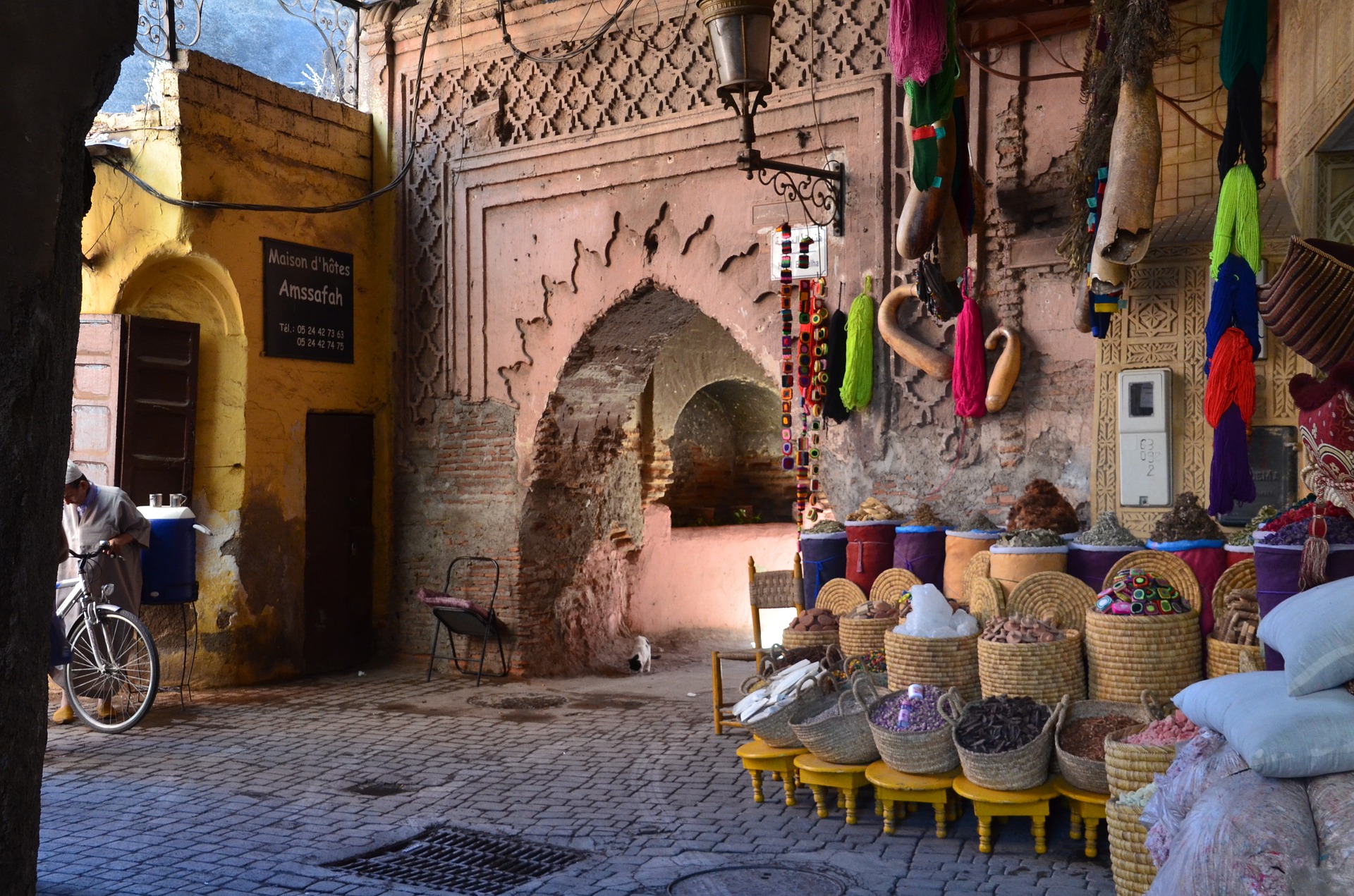
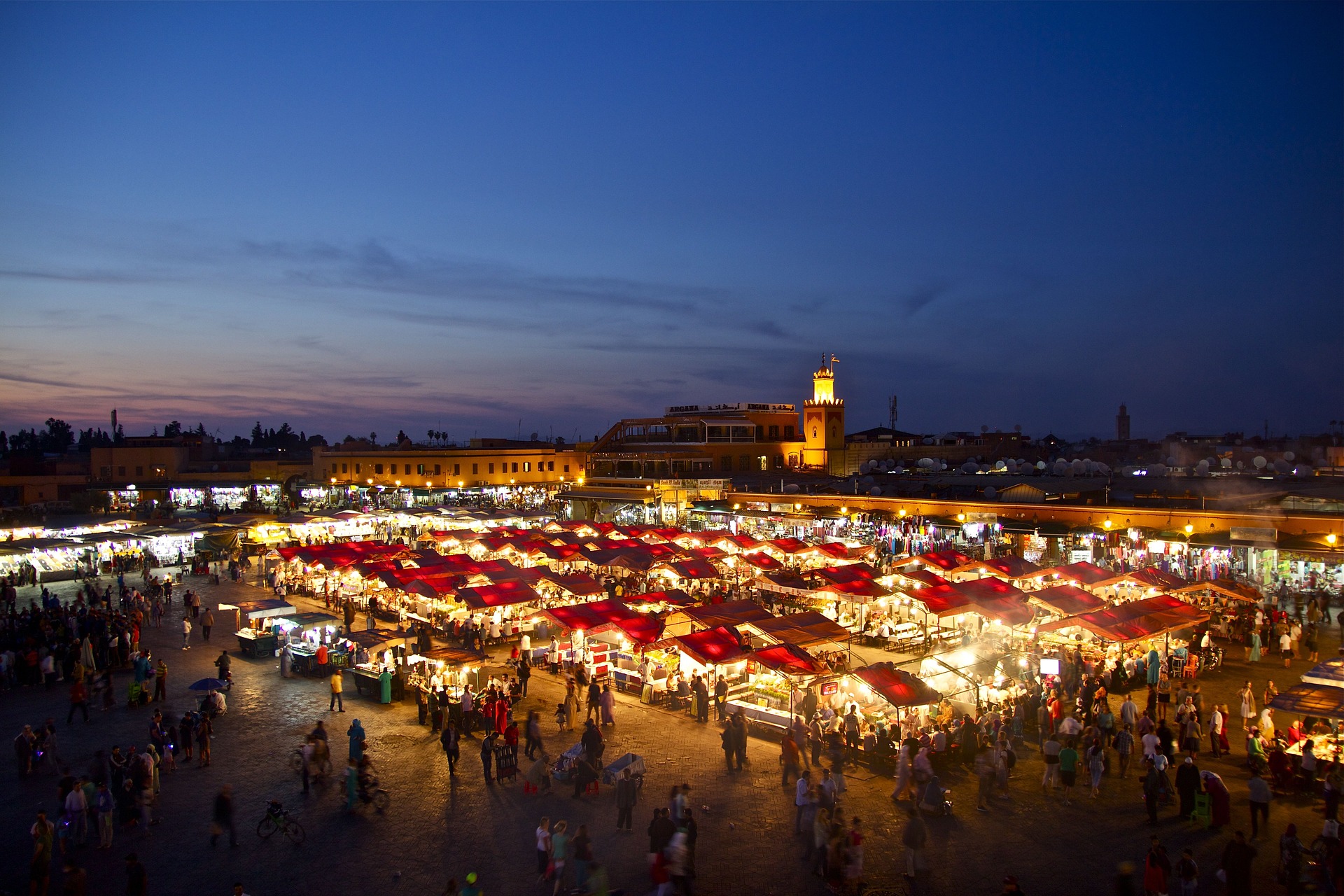












Reviews
There are no reviews yet.